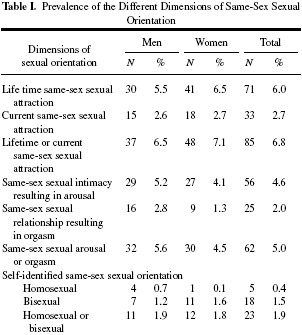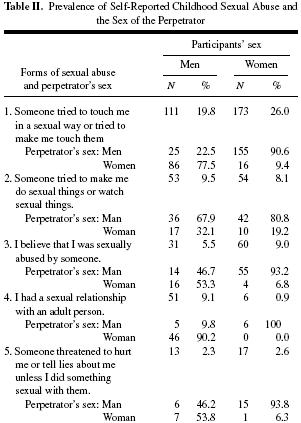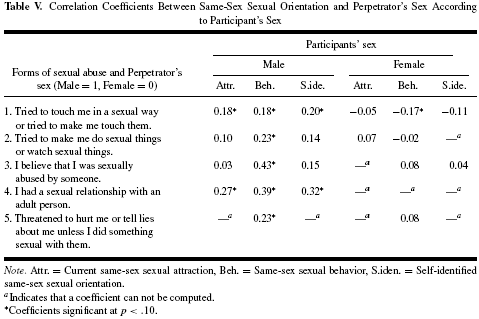|
Updates Contents |
|
Section 9.0 (Homosexual Behavior in Some Animals)
Paul Vasey on a mixture of male- and female-typical behaviors among homosexually behaving female Japanese Macaques:
Vasey argues that the mixture of male- and female-typical behaviors among homosexually behaving female Japanese Macaques is not consistent with the notion that [within a developmental-stability framework] exposure to high levels of prenatal androgens are behind the inclination toward homosexuality unless one were to propose that the critical periods of the organization of the neural bases of different behaviors related to sex differences occur at different times.(1) Alternatively, if the excess prenatal androgens disturb development, then a mosaic of male- and female-typical behaviors could result without requiring that the excess-androgen influence operate only during some critical period(s) rather than throughout most of prenatal development.
References:
- P. L. Vasey, Am J Primatol 64, 397 (Dec, 2004).
Section 9.2 (Childhood Molestation and Homosexuality)
A study based on 579 male and 683 female students from 7 Turkish universities has addressed the relationship between nonheterosexuality, childhood molestation, and suicide attempts.(1) The participants were of mostly (81.6%) urban backgrounds. Measures of nonheterosexuality are depicted in Table I; note that same-sex attraction remitted on its own in several individuals, as has been shown in many other studies.

Measures of molestation are shown in Table II.

Childhood molestation was associated with homosexual behavior but not same-sex attraction or self-identified nonheterosexual orientation. Some forms of homosexual childhood molestation were related to various measures of adulthood nonheterosexuality as depicted in Table V; all significant correlations are marked by asterisks.

Childhood molestation was associated with both suicidal ideation and suicidal attempts in the past 12 months. Of all sexual orientation variables, only self-identified nonheterosexual orientation was associated with suicidal ideation in the past 12 months, and none of the sexual orientation variables were associated with suicide attempts in the past 12 months. Finds concerning the variables of nonheterosexual orientation and suicidality vary from study to study—and most such studies are based on non-representative samples—but the general picture is that all components of nonheterosexual orientation (behavior, attraction, identity) are associated with increased suicidality.
References:
- M. Eskin, H. Kaynak-Demir, S. Demir, Arch Sex Behav 34, 185 (Apr, 2005).
